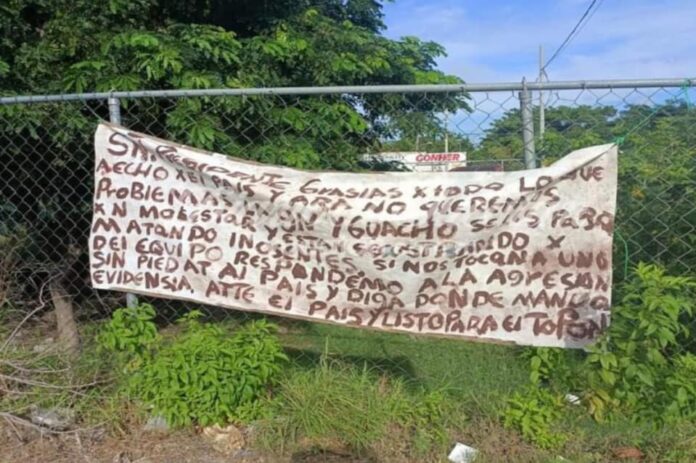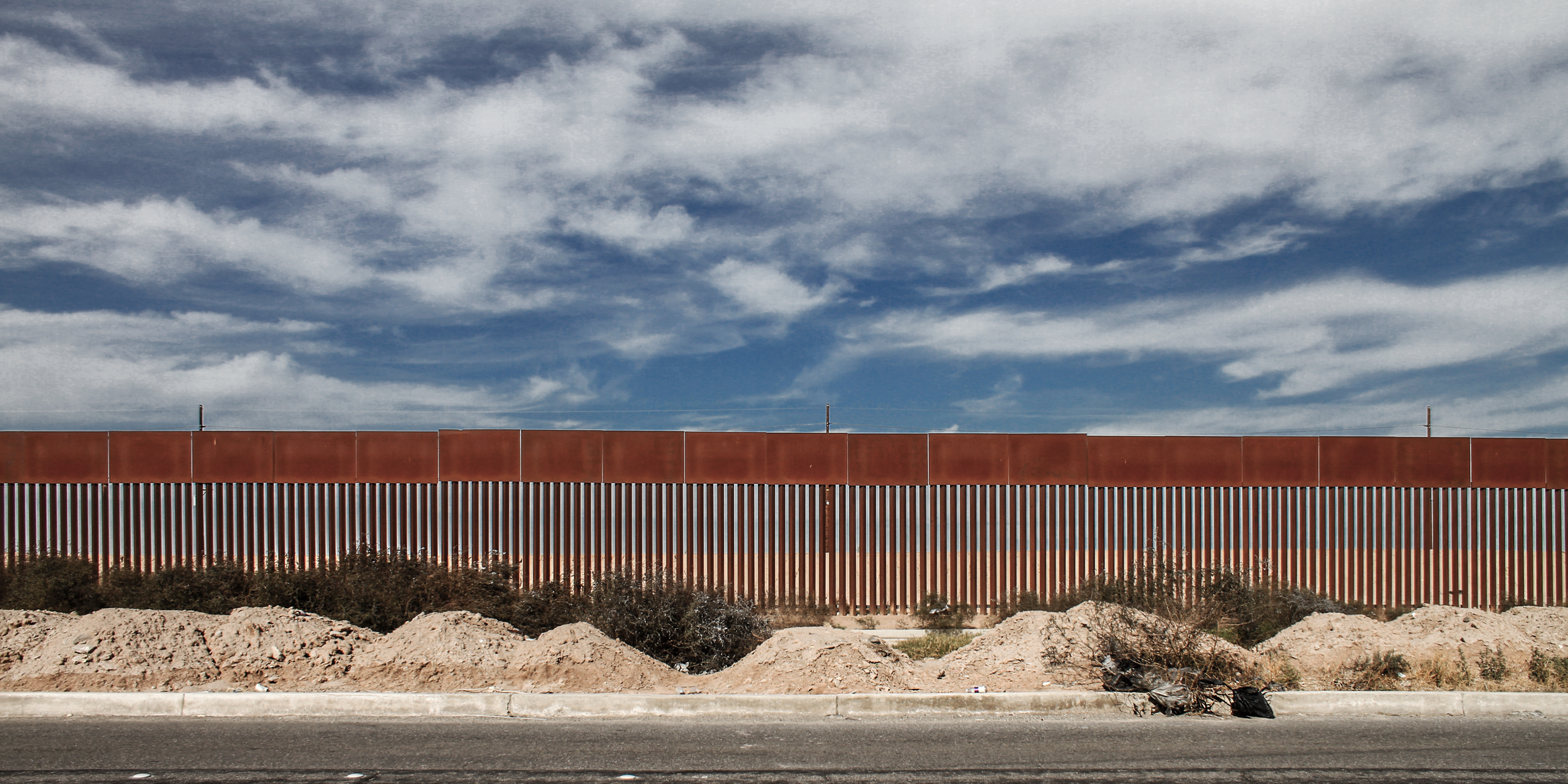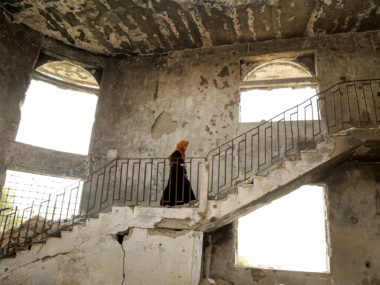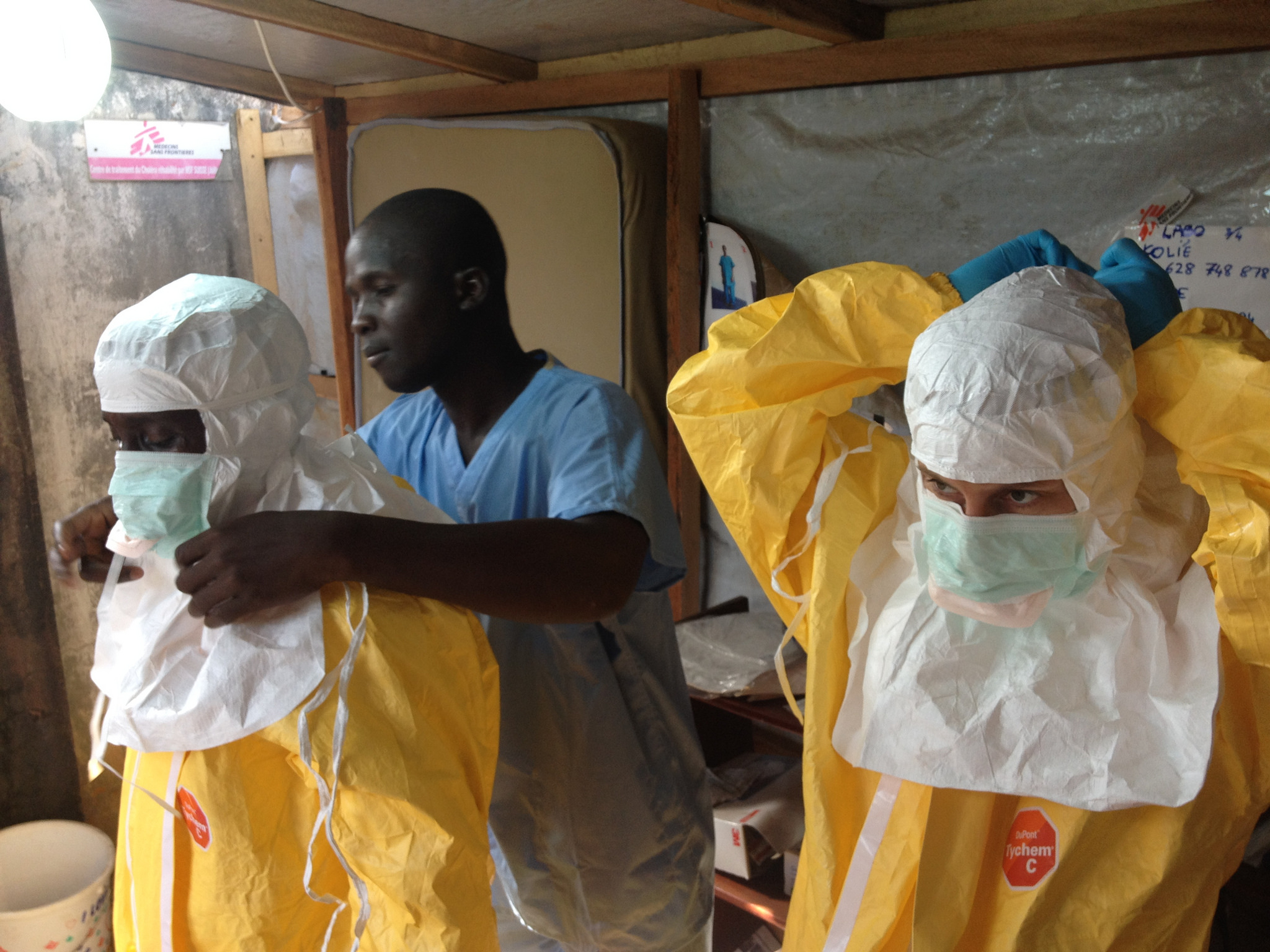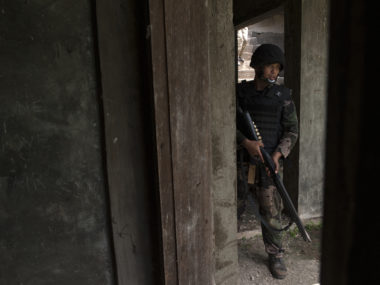Guest post by Shauna N. Gillooly and Philip Luke Johnson
In 2020, a university campus in Bogotá, Colombia was festooned with flyers threatening “the children of professors that indoctrinate their students into communism.” A year earlier, a campus in Medellín was plastered with pamphlets, this time threatening students that engaged in political activity instead of quietly getting on with their studies. Both messages were signed by the Águilas Negras, a notorious criminal band. While the strength of this group has been disputed, for those targeted by the threats—and many besides—these messages could hardly be dismissed as anything less than terrifying.
These messages are hardly an isolated occurrence. Hundreds of threatening messages signed by the Águilas Negras have appeared across Colombia in recent years. Gangs in Brazil have published threatening messages in newspapers, while in Mexico, criminal actors sometimes use “narco-messages” to threaten rivals, officials, or other members of the public. Although the practice is relatively widespread, it raises questions about the behavior and power of criminal actors.
How Do Criminal Actors Use Threats?
Most scholarship shows that criminal actors maintain a low profile, wielding power through clandestine means of coercion, corruption, and cooptation. Keeping a low profile reduces the costs of run-ins with rivals or the law. Criminal actors certainly do make use of public, sometimes spectacular violence, but primarily when the government is incapable or inefficient at punishing (or protecting) organized crime. Even so, most criminal actors moderate the frequency and visibility of their violence most of the time.
Threats are a particularly useful way to exert subtle power, as they leave no mark, no “smoking gun.” For a group with an established reputation, the mere whisper of a threat may be enough to induce compliance on the part of their targets (indeed, some actors with established reputations expend considerable resources to prevent pretenders from issuing threats in their name). Publicizing threats thus seems to undermine one of the main advantages of threats; the ability to coerce while reducing the risks associated with the actual use of violence. Why, then, would criminal actors publicize their threats to far wider audiences than the intended targets?
Our new research takes up this question by analyzing the content of threatening messages from four different criminal groups in Colombia and Mexico. These range from neo-paramilitary groups in Colombia, such as the Gaitanistas, to the pseudo-evangelical cartel, the Caballeros Templarios, in Mexico. Breaking the messages down into a “grammar” of their core elements—such as who is the target of the violence, what conditions are placed on the violence, and on whose behalf violence is threatened—we identify consistencies and variations in the use of public threats across these varied cases.
We find that when criminal actors publicize threats, they are projecting order; delineating their rules on the ground, dictating who (or what) is welcome and who will find no place on their turf. The threats may also induce compliance from the target, but the publicity serves this important additional function. The orders projected by different groups share some common elements: they position the criminal actors as mediators between the in-group of decent society and the out-group of deviants from that society (the threateners are also defining—sometimes with extreme prejudice—who they consider deviant). In positioning themselves as violent mediators, criminal actors displace other possible mediators, such as rival groups as well as non-violent civil society actors.
At the same time, the specific order projected varies across groups. Some groups threaten future violence that is conditional, while others threaten violence as the inevitable continuation of actions already occurring. Similarly, the specific in-group and out-group projected by threats varies. The Gaitanistas and Águilas Negras in Colombia both use the language of social cleansing, but the Águilas target an expansive out-group of leftists and alleged guerrilla sympathizers while barely mentioning an in-group, while the Gaitanistas invoke a national in-group but target only localized rivals.
Public threats can be quite low-tech, like the flyers that blanketed campuses in Colombia, but regardless of the medium, they aim to maximize publicity. This highlights the vital role of the media in impeding or permitting the projection of criminal orders. Mexico is one of the most dangerous countries in the world for journalists, with criminal actors threatening and sometimes killing media workers to shape the flow of information (officials are also deeply implicated in this). Preserving the safety and autonomy of the press—even where reporting uncovers uncomfortable truths for those in power—is thus absolutely vital to limiting the influence of public threats and criminal orders. In interviews, however, journalists told us that the government protection mechanism is unreliable and often conditioned on favorable reporting.
Criminal governance is often treated as damaging the “fabric of society.” While we often think of this damage in terms of the direct use of violence, we need to examine not only how criminal actors kill, but also how they talk, persuade, and project. We also need to think about violence beyond the act itself; the hint or threat of violence can have powerful effects on direct targets and wider society. From a safe distance, we might question the low-tech or seemingly unsophisticated threats—pundits in Mexico initially mocked the poor spelling of narco-messages—but this does not mean that they are ineffective tools. Nor does it means that the people closer to the threats can afford to discount them.
Shauna N. Gillooly (@ShaunaGillooly) is a postdoctoral fellow at the Global Research Institute housed at William and Mary, and an affiliated researcher with Instituto PENSAR at Pontifica Universidad Javeriana in Bogota, Colombia. Philip Luke Johnson (@phillegitimate) is a lecturer at Princeton University.

